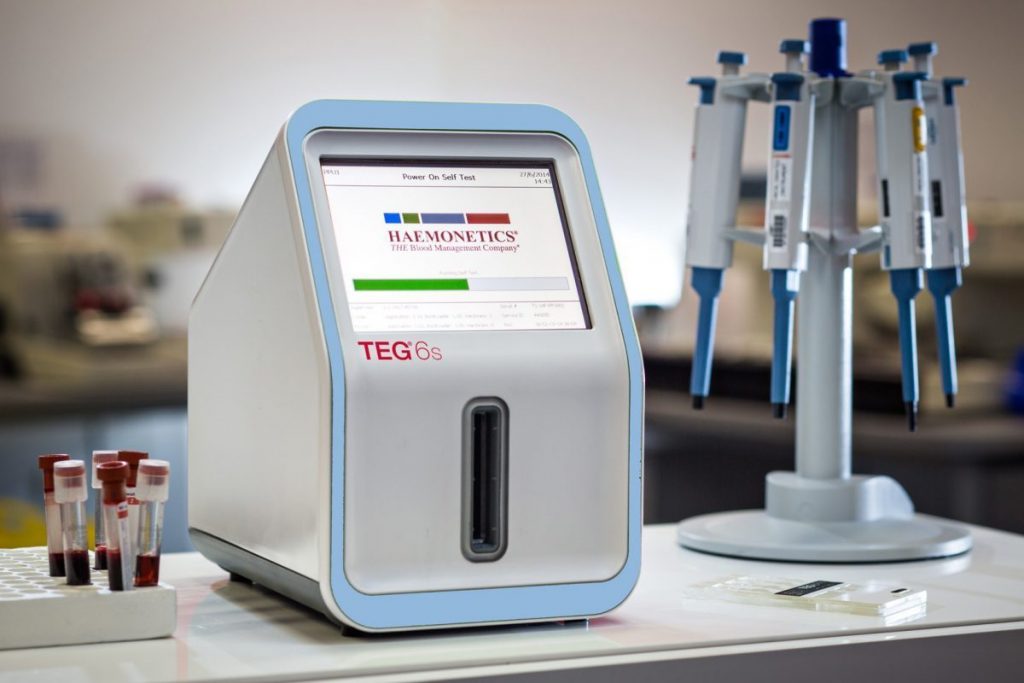Viscoelastic Blood Tests Use in Adult Cardiac Surgery: Meta-Analysis, Meta-Regression, and Trial Sequential Analysis

Objectives
Postoperative hemorrhage in cardiac surgery is a significant cause of morbidity and mortality. Standard laboratory tests fail as predictors for bleeding in the surgical setting. The use of viscoelastic (VE) hemostatic assays thromboelastography (TEG) and rotational thromboelastometry (ROTEM) could be an advantage in patients undergoing cardiac surgery. The objective of this meta-analysis was to analyze the effects (benefits and harms) of VE-guided transfusion practice in cardiac surgery patients.
Design
A meta-analysis of randomized trials.
Setting
For this study, PubMed, EMBASE, Scopus, and the Cochrane Collaboration database were searched, and only randomized controlled trials were included. A systematic review and meta-analysis were performed in accordance with the standards set forth by the Preferred Reporting Items for Systematic Reviews and Meta-Analyses statement, using a random-effects model.
Participants
The study comprised adult cardiac surgery patients.
Interventions
VE-hemostatic assays transfusion algorithm compared with transfusion algorithms based on clinicians’ discretion.
Measurements and Main Results
Seven comparative randomized controlled trials were considered, including a total of 1,035 patients (522 patients in whom a TEG- or ROTEM-based transfusion algorithm was used). In patients treated according to VE-guided algorithms, red blood cell (odds ratio 0.61; 95% confidence interval [CI]: 0.37-0.99; p: 0.04; I2: 66%) and fresh frozen plasma transfusions (risk difference 0.22; 95% CI: 0.11-0.33; p < 0.0001; I2: 79%) use was reduced; platelets transfusion was not reduced (odds ratio 0.61; 95% CI: 0.32-1.15; p: 0.12; I2 74%).
Conclusions
This study demonstrated that the use of VE assays in cardiac surgical patients is effective in reducing allogenic blood products exposure, postoperative bleeding at 12 and 24 hours after surgery, and the need for redo surgery unrelated to surgical bleeding.
